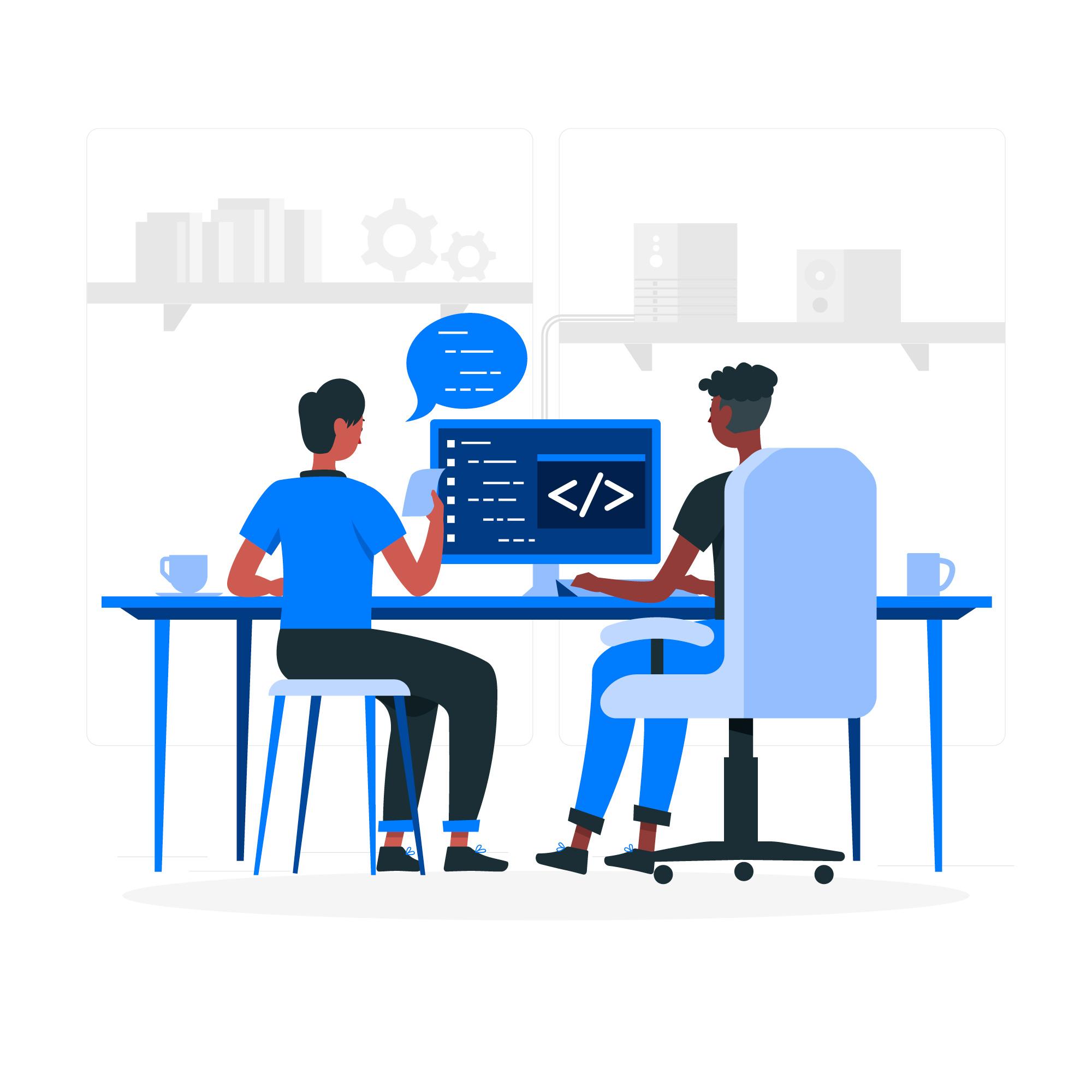The demand for IoT products continues to grow at a rapid pace across several industries. By realizing foreseen benefits of IoT application in the manufacturing industry globally, manufacturers are heavily investing in IoT to upgrade their existing factories to make them smarter by interconnecting equipment with the internet & technology.
The IoT represents an undeniable business opportunity to OEMs (Original Equipment Manufacturer). Industrial IoT applications provide manufacturers the ability to remotely monitor equipment, predict operating failures, and preempt issues through preventative maintenance to increase customer uptime. As a result of this, you have increased productivity, better data analysis, better business intelligence, and the potential to deliver higher margins of business profitability.
However, implementing IoT effectively has not been easy for OEMs who are dealing with both new and existing infrastructure, both of which must be data-ready and connected. Let’s now take a look at the important tips for developing an IoT application for OEMs:
1) Choose an Appropriate Platform: First and foremost select the appropriate platform for the development process. But remember the fact that it should support your purpose, IoT application, and its components.
2) Use Secure Hardware: Physical elements identified by IoT devices get converted into the data, fed back into the device, and on the connected device. Therefore, the hardware in an IoT app is as crucial as the software that facilitates data transfer and storage. If you want to protect your data, make sure you use the best sensors available that ensure user privacy.
3) User Experience: Most importantly, when you’re developing an IoT app for a specific industry, it’s important to analyze and understand the users and what they expect from the application in the initial phase.
4) Real-time operating systems: The development of an ideal IoT application requires a real-time operating system to ensure all things work well. The software used for the IoT devices must be scalable and modular to accommodate a wide range of devices and must also have connectivity options like wireless sensor networking.
5) Analyze security concerns: Security emerges as a major concern in any application, so choose the right firewalls and anti-malware along with making sure they are updated regularly.
6) Choose the right communication channel: Select the right communication channel based on which the device supports, considering the factors like bandwidth, signal strength, security, radio signals, range, latency, etc. They can be Bluetooth, LAN, WAN, cellular, Wi-Fi, or any satellite communication.
7) Ensure speed and scalability: IoT applications require real-time data streaming and it’s important to employ robust real-time solutions at high speed.
Are you planning to develop an IoT application for OEMs?
The future of IoT can be difficult to predict but IoT devices will continue to proliferate bringing in countless business opportunities across major industries, such as healthcare, logistics, automobile, retail, finance, and manufacturing.
As a top-rated IoT app development company, STERISON provides comprehensive IoT services and solutions, ranging from the development of product architecture to integrating platforms and firmware for support and maintenance. As IoT experts, we help organizations to identify the purpose and build IoT solutions that deliver improved performance.






